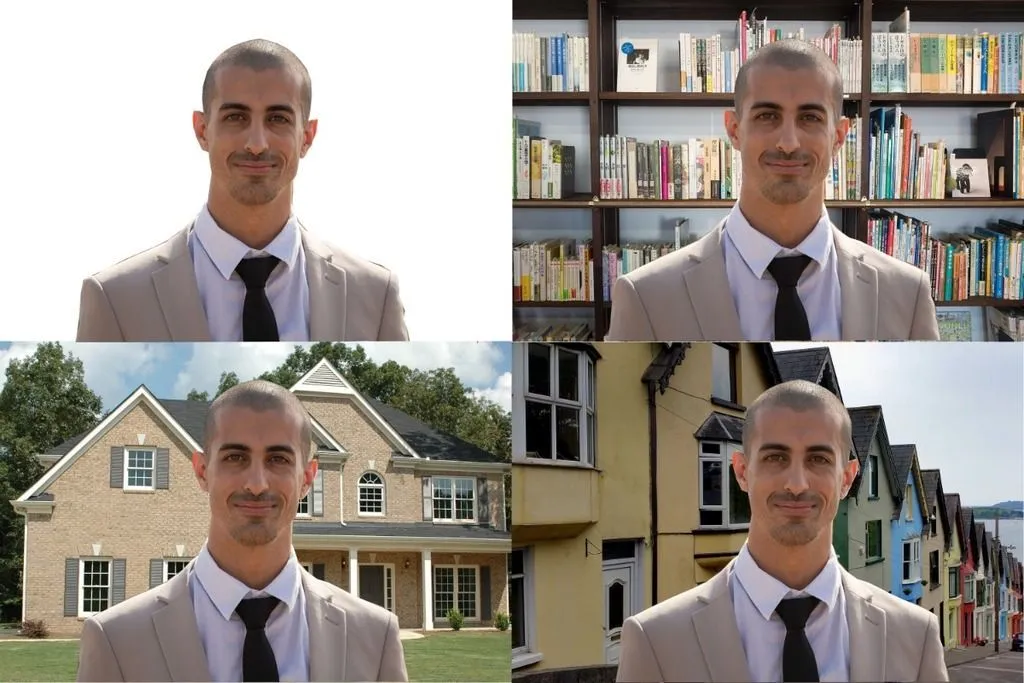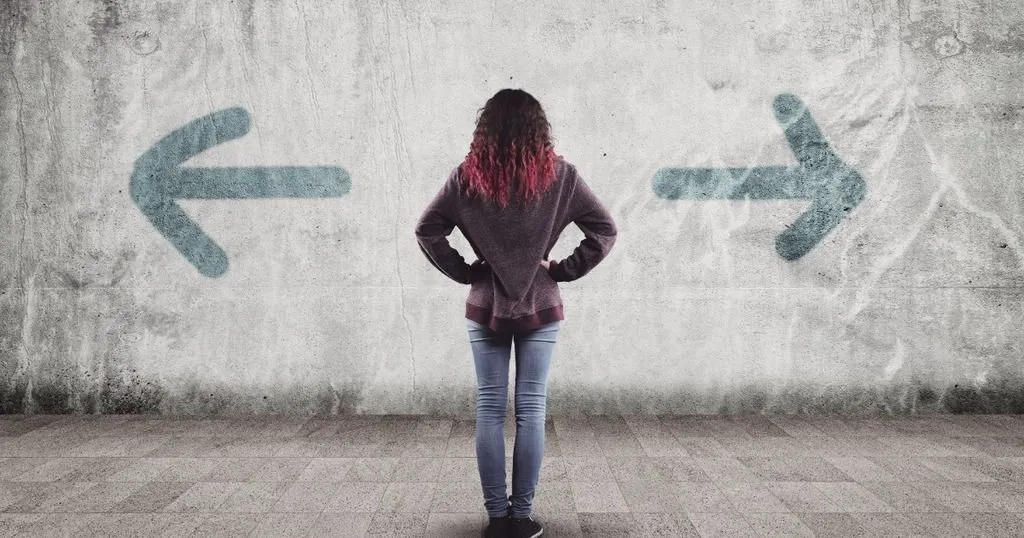Measuring the intensity of emotional response to political advertisement videos
To convince voters, all kinds of strategies can be used to stimulate the electorate. Researcher Dias and his team evaluated how voters respond to changes in the scenario of videos of political propaganda.
Posted by
Published on
Mon 12 Oct. 2020
Topics
| Emotions | FaceReader | Facial Expression Analysis | Measure Emotions |

To convince prospective voters to choose you as a candidate, all kinds of strategies can be used to stimulate the electorate. The use of videos is most common, mainly because the internet makes sure the videos are universally accessible and shared widely and freely.
Valence of emotion
The research team of Carlos Magno Machado Dias, from the Federal University of Minas Gerais in Brazil, conducted a study to evaluate how voters responded to changes in the scenario of videos of political propaganda.
They used four different background scenarios in the videos:
- Completely white background
- Library
- Luxury house
- Popular house

The images shown here are not the original images used in the study, but are meant to give an impression of the scenarios.
The researchers compared the emotional valences found among individuals who watched the political propaganda videos, whose only difference was the scenario in which the candidate presented himself.
The data collected in this study was obtained by measuring facial expressions automatically, instead of using self-reports of emotional states, which is therefore subject to bias. Especially the use of the Facial Action Coding System (FACS) offered the opportunity to measure all visible facial behavior in any context on the basis of Action Units (AUs).
Download here the Free white paper 'Facial Action Coding System (FACS)'
Measurement of emotions through facial expressions
The experiment was carried out in a lab, with controlled conditions, with a fictitious candidate (a male actor), and prospective voters who were selected randomly among students. The prospective voters watched only one of the 30-seconds political commercials, randomly selected, with one of the four backgrounds. While the video was played, images of the voter’s face were recorded.
The recordings of 108 participants were analyzed using FaceReader software. The research team completed a temporal analysis of the valences throughout the video and divided the time into three segments (about 10 seconds per segment) for better performance of the comparison.
FREE WHITE PAPER: FaceReader methodology
Download the free FaceReader methodology note to learn more about facial expression analysis theory.
- How FaceReader works
- More about the calibration
- Insight in quality of analysis & output
Intensity of emotions
During the first segment, the candidate tried to convince the voters with the text: “We need to transform our country into a better place. This requires political will and candidates with a history of life committed to work and honesty.”
Analysis showed that the highest valence average was presented in the ‘popular house group’. The average values of the valence among the individuals who watched the video with a luxury house setting and a white setting was noticeably lower than the others.
Note that higher valences involve a higher intensity of positive emotion (happy) and a lower intensity of other emotions (negative). There is a more pronounced presence of negative emotions in the luxury house and white scenarios.
Influencing the voter’s receptiveness
In the following 10 seconds of the political propaganda video, the candidate says: “I have been working for many years defending the rights of the citizens and the well-being of countless families. Your life will improve.” For this part of the video, the ‘library group’ showed the highest average on valence. It confirmed that the scenarios over which political messages are transmitted alter the voter’s receptiveness.
The candidate concludes in the third segment with the words: “Have confidence. My party and I know the situation and we know what needs to be done. What we want is to contribute to the construction of a more justifiable society.” This time, the individuals who watched the video with the white scenario presented the highest average on valence.
Enhance the emotional effects
The researchers conclude in their article that the voters’ responses to the videos express different valences according to the scenario, both qualitatively and quantitatively. They assume that the video with a popular house scenario, which presented statistically higher average values than the others did, produced a more positive emotional response than the other tested scenarios. The individuals who watched the video with a luxury house scenario showed a lower valence than all the other individuals throughout the video.
It is obvious that the scenarios can enhance the emotional effects of this type of advertising. When we consider that positive emotions play an important role in decision-making processes, the found differences in valence must have an implication on the reaction to a political propaganda video.
Reference
Dias, C.M.M.; Ribeiro, Â.M. & Gonçalves, C.A. (2020). Valences in voters’ emotional response: Experimental design with neuroscience. ReA UFSM | Brazilian Journal of Management, 13 (3), 483-500. https://doi.org/10.5902/1983465943111
Related Posts

How the ability to manage emotions shapes perception of risk

How to master automatic Facial Expression Recognition
